On April 17, Australia released details of its first National Defence Strategy, which sets out a fundamentally new approach to defending the country.
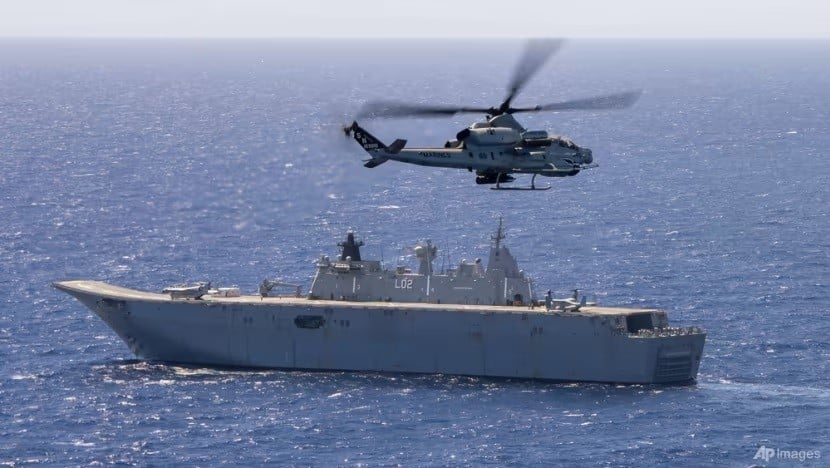 |
| Australia is focused on having the most capable Navy in its history over the next decade. |
Information about the National Defense Strategy posted on the official website of the Australian Minister of Defense states that instead of focusing on maintaining a multi-mission military force in almost every part of the world, Canberra will build the Australian Defense Force (ADF) into a centralized, integrated military to address Australia's most important strategic risks.
The 80-page document says the ADF will be able to defend the homeland and its immediate region, deter any potential adversary's attempts to project power against Canberra, and protect Australia's economic connections to the region and the world.
In addition, the ADF will contribute with partners to the common security of the Indo-Pacific region as well as maintain the global order based on rules.
Speaking at the launch of the Strategy, Australian Defence Minister Richard Marles affirmed: "The Government is making a historic investment in Defence and has made tough decisions to reshape the ADF to meet the strategic situation and to keep Australians safe."
Possessing the most capable Navy in history will be central to defense planning and strategy, he said.
Australia will focus on plans to develop a fleet of stealthy nuclear-powered submarines, triple its key missile capabilities and develop a large surface combatant fleet.
To do this, the country will increase defense spending by 50.3 billion AUD ($32 billion) over the next decade and change weapons programs to focus on missiles, drones and warships.
Specifically, the bulk of the new spending, part of a $330 billion budget over decades, will only be disbursed over the next five years and eventually take defence spending to 2.4% of GDP by 2034, from just over 2% now.
More than 40 per cent, or $145 billion, is earmarked for the navy, including a beefed-up surface fleet, the AUKUS nuclear-powered submarine programme as well as other priorities such as the Ghost Shark underwater drone.
Some $74 billion will go towards missile-related programmes. There will be new long-range missiles for the air force and army, missile defence programmes and domestic production of guided weapons.
Military bases across northern Australia, where US Marines spend months training and exercising each year, will be allocated up to A$18 billion for upgrades.
Regarding international cooperation, the National Defense Strategy states that the alliance between Canberra and Washington remains the foundation for the island nation's security, and that Prime Minister Anthony Albanese's government is committed to strengthening and expanding defense cooperation with the United States and the United Kingdom under the AUKUS trilateral security treaty.
In addition, Australia will focus on strengthening defence relationships across Southeast Asia and the Pacific, as well as in the Indian Ocean region and North Asia.
Source


![[Photo] Ceremony to welcome General Secretary and President of China Xi Jinping on State visit to Vietnam](https://vstatic.vietnam.vn/vietnam/resource/IMAGE/2025/4/14/5318f8c5aa8540d28a5a65b0a1f70959)
![[Photo] Prime Minister Pham Minh Chinh chairs conference to review the implementation of Resolution No. 18-NQ/TW](https://vstatic.vietnam.vn/vietnam/resource/IMAGE/2025/4/14/dcdb99e706e9448fb3fe81fec9cde410)
![[Photo] National Assembly Chairman Tran Thanh Man meets with General Secretary and President of China Xi Jinping](https://vstatic.vietnam.vn/vietnam/resource/IMAGE/2025/4/14/4e8fab54da744230b54598eff0070485)
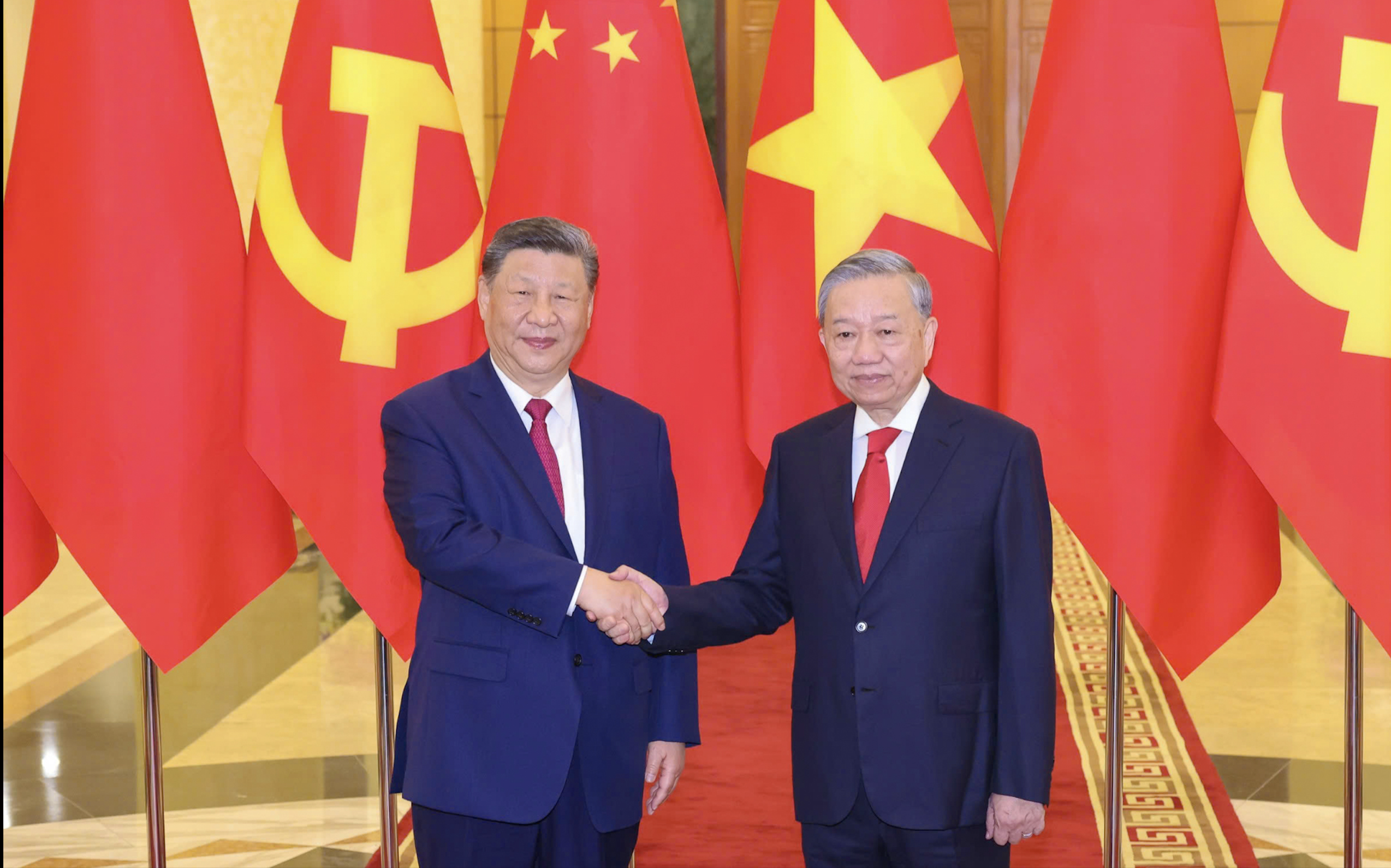
![[Photo] General Secretary To Lam holds talks with General Secretary and President of China Xi Jinping](https://vstatic.vietnam.vn/vietnam/resource/IMAGE/2025/4/14/b3d07714dc6b4831833b48e0385d75c1)







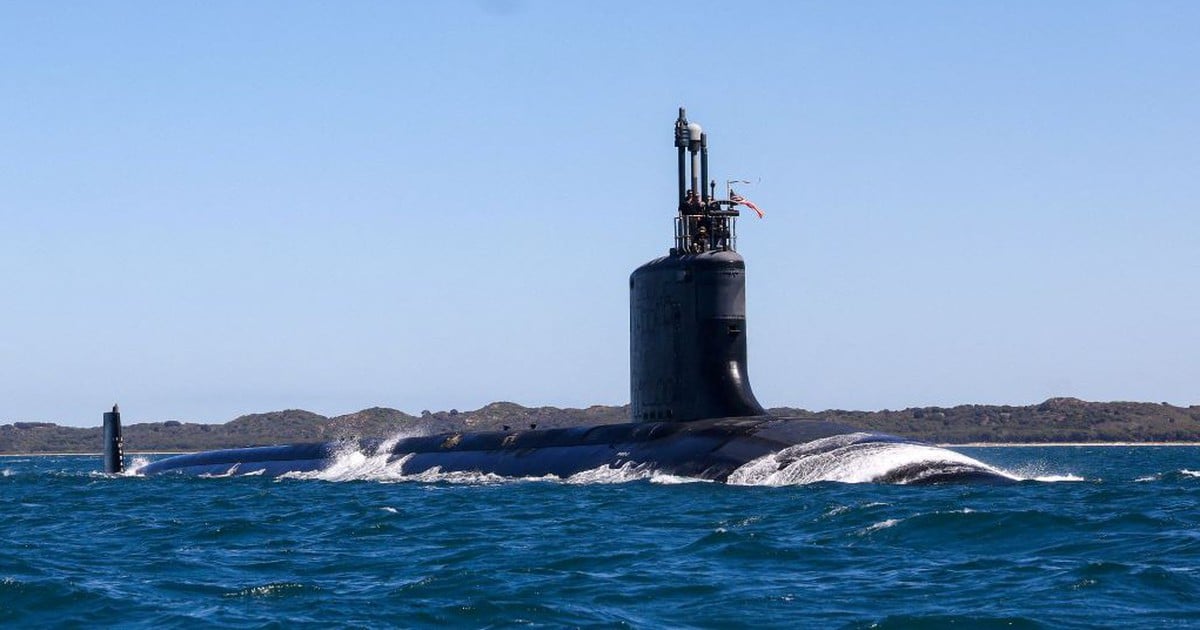

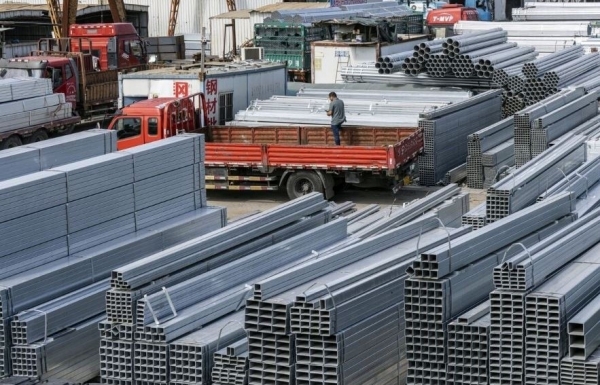







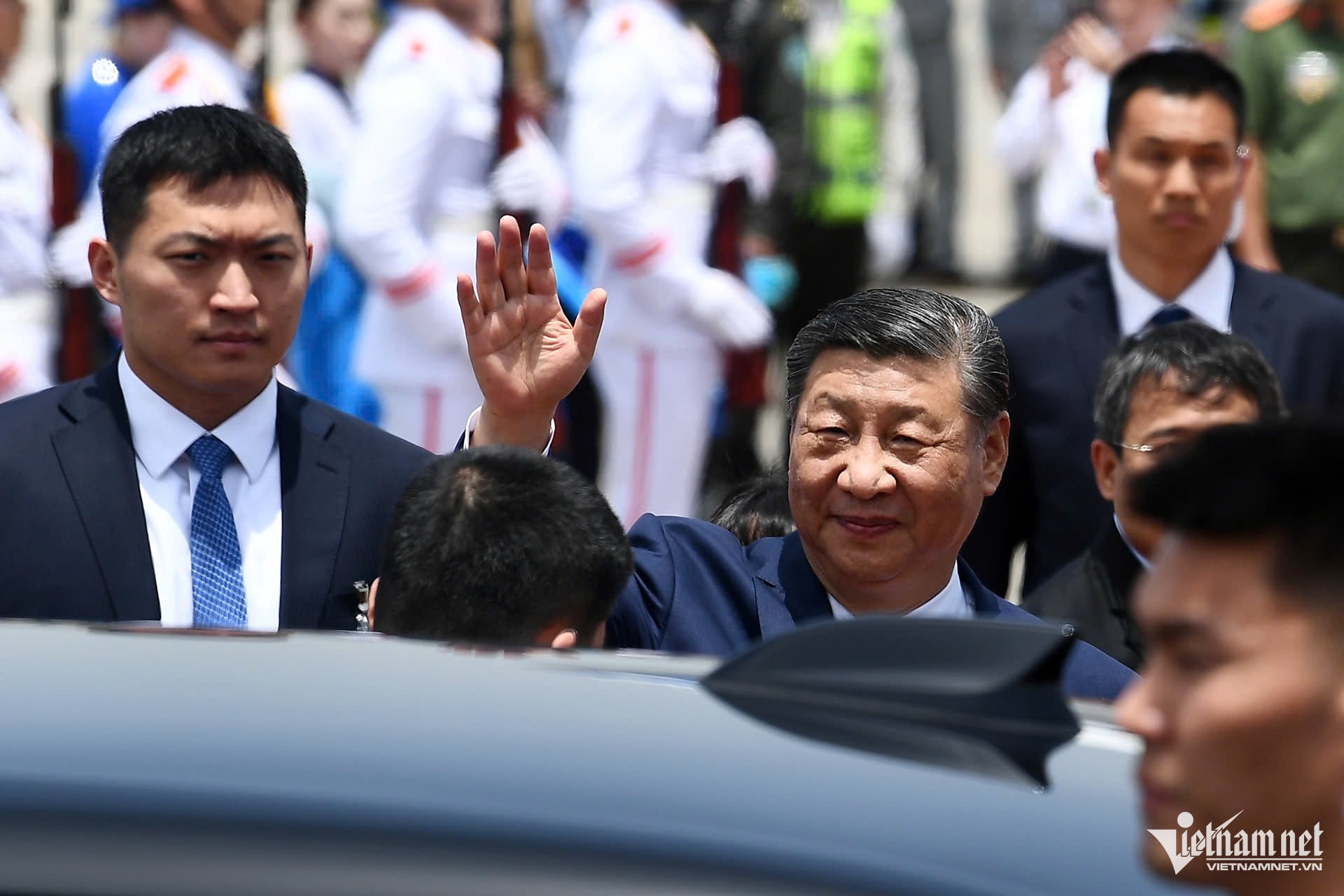
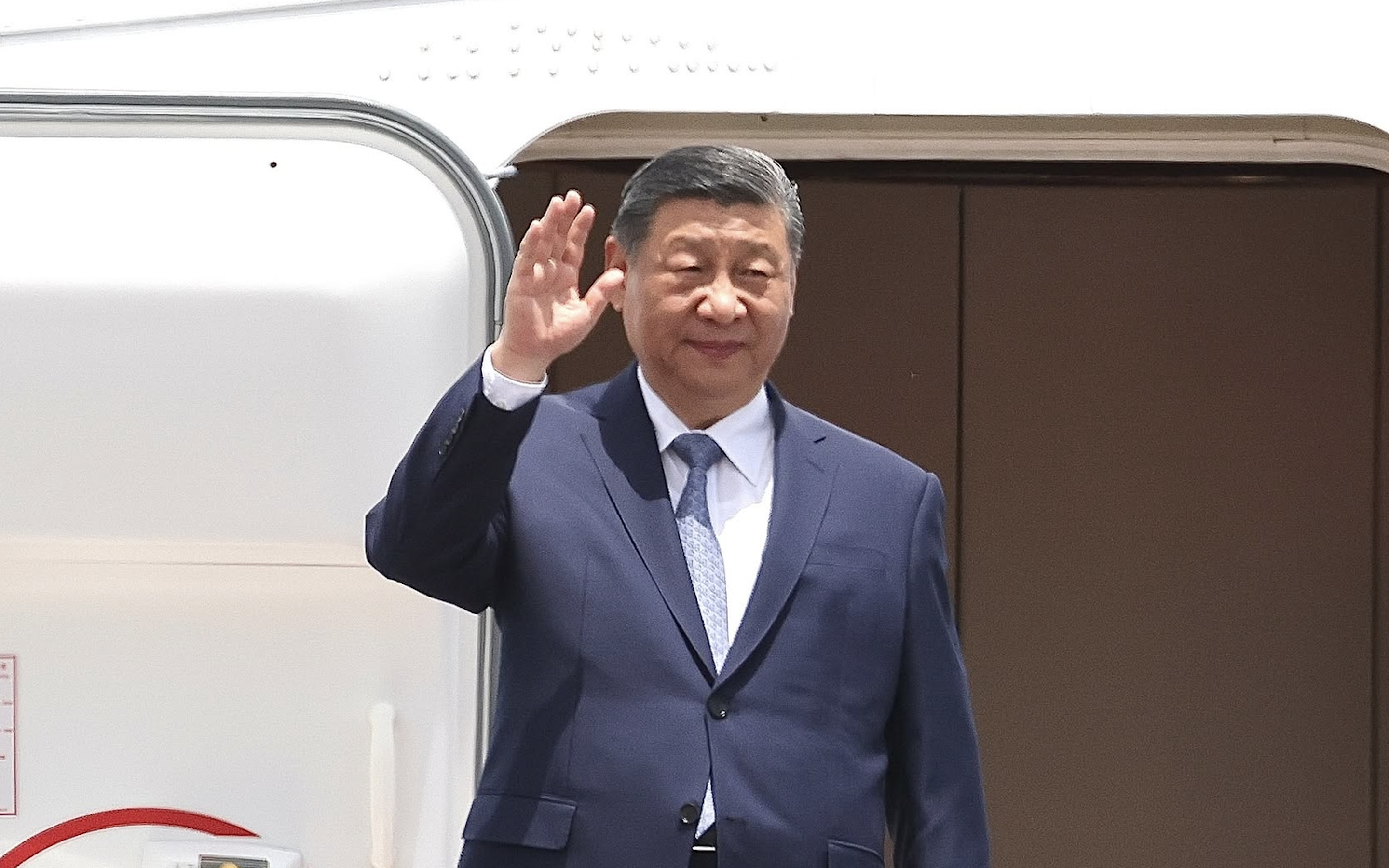

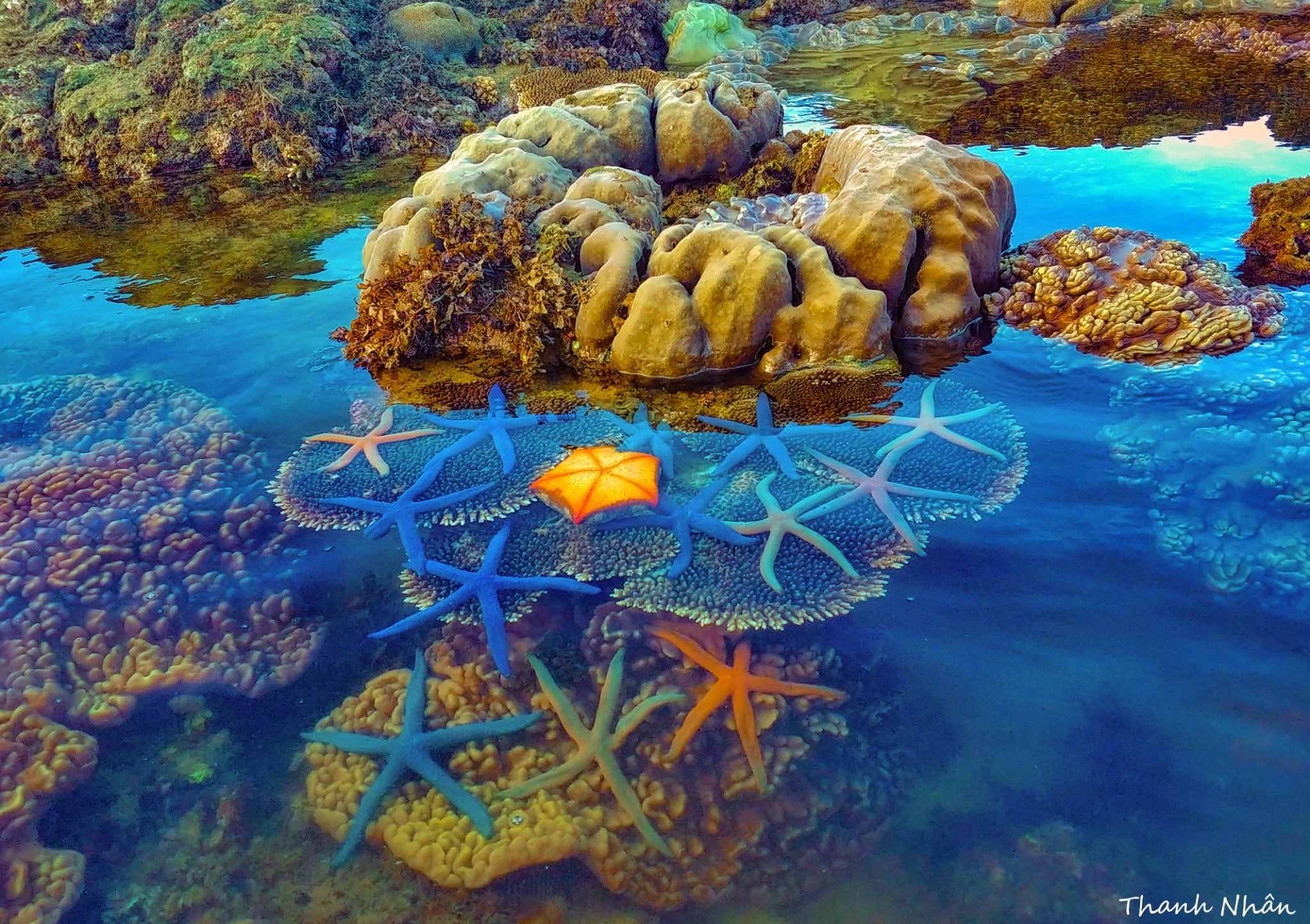






![[Photo] Prime Minister Pham Minh Chinh meets with General Secretary and President of China Xi Jinping](https://vstatic.vietnam.vn/vietnam/resource/IMAGE/2025/4/14/893f1141468a49e29fb42607a670b174)































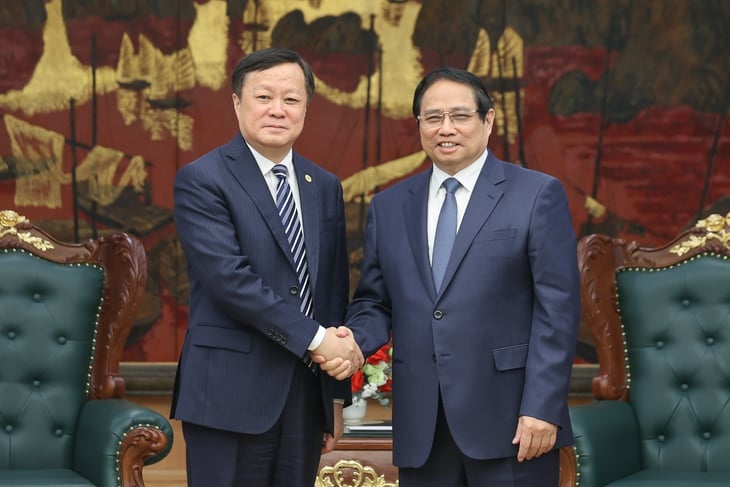
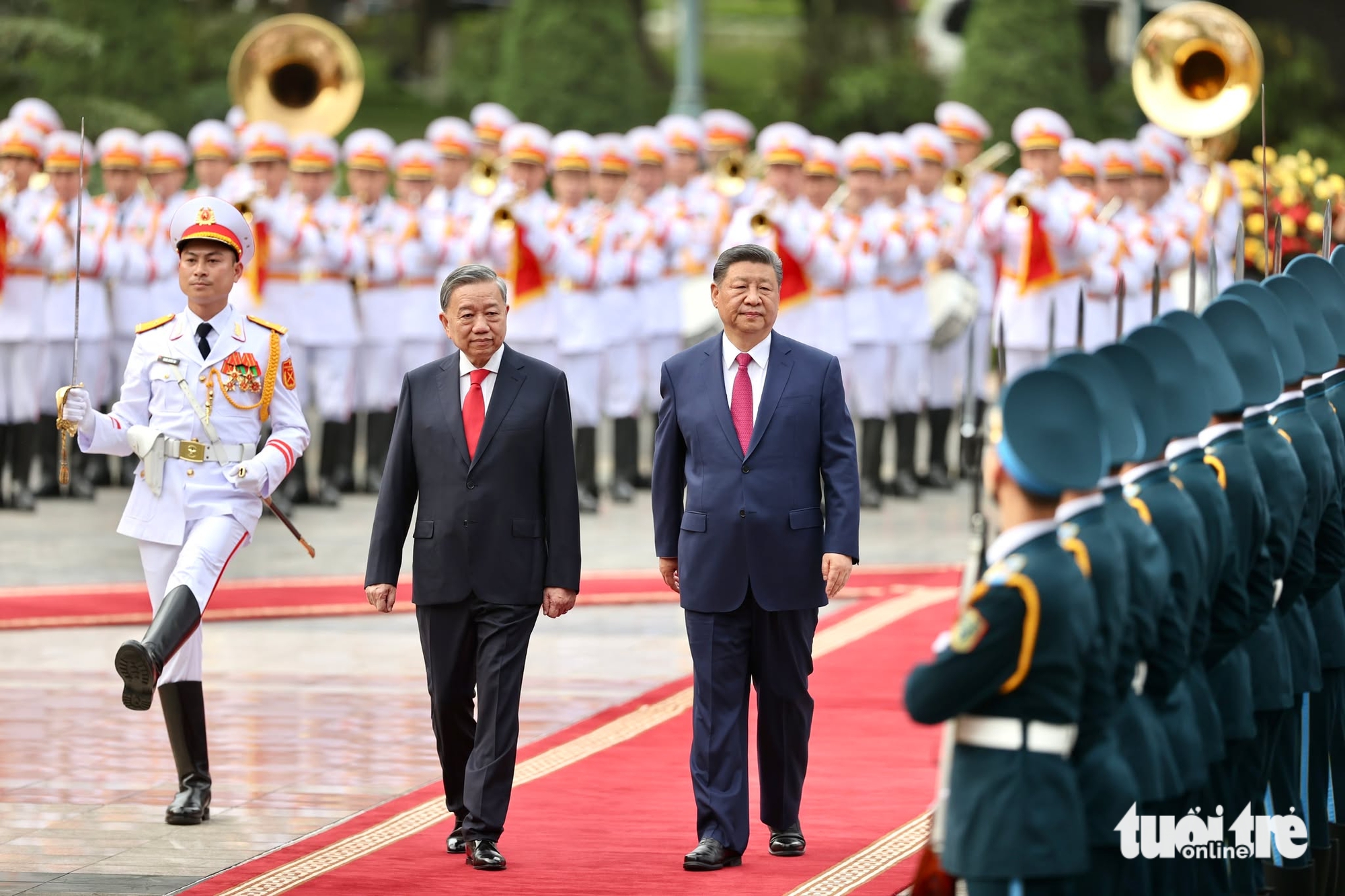

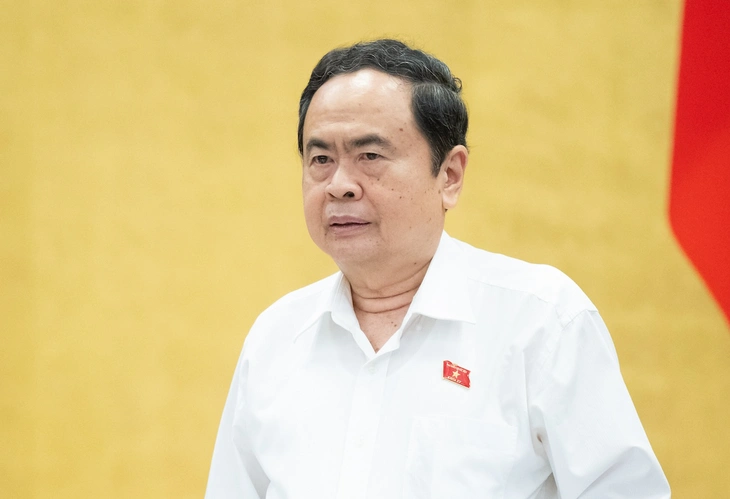




























Comment (0)